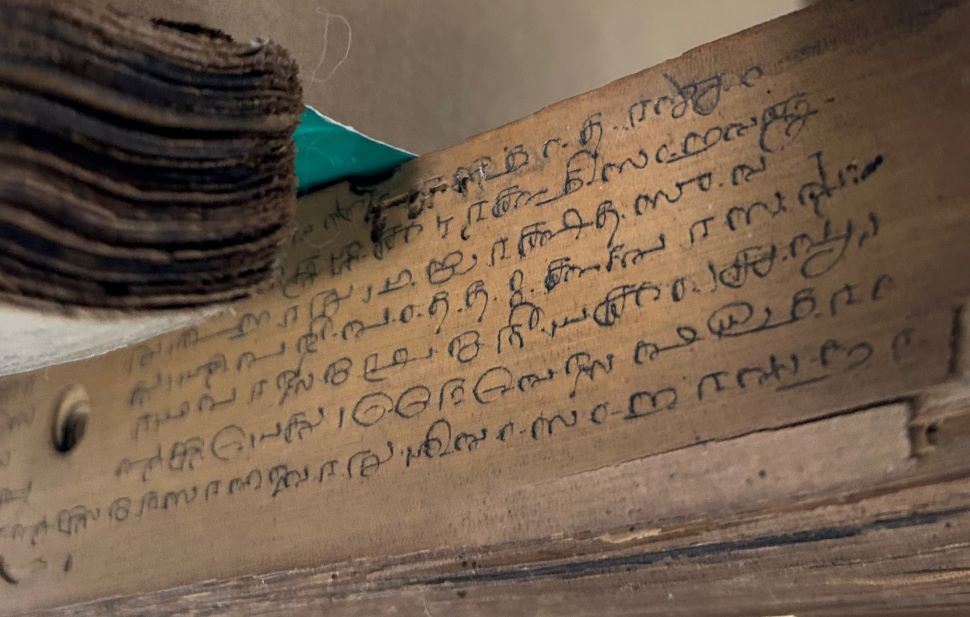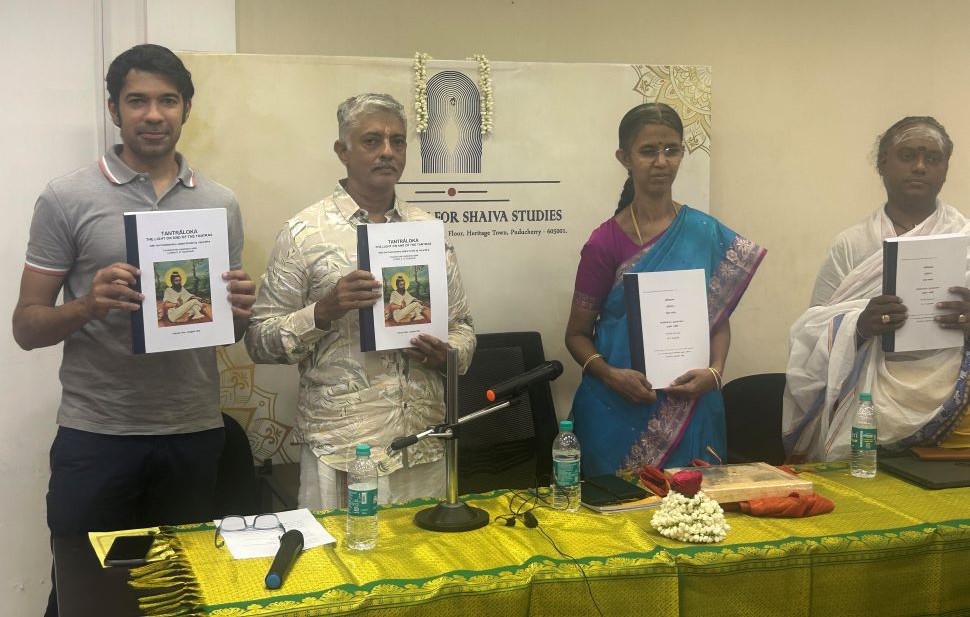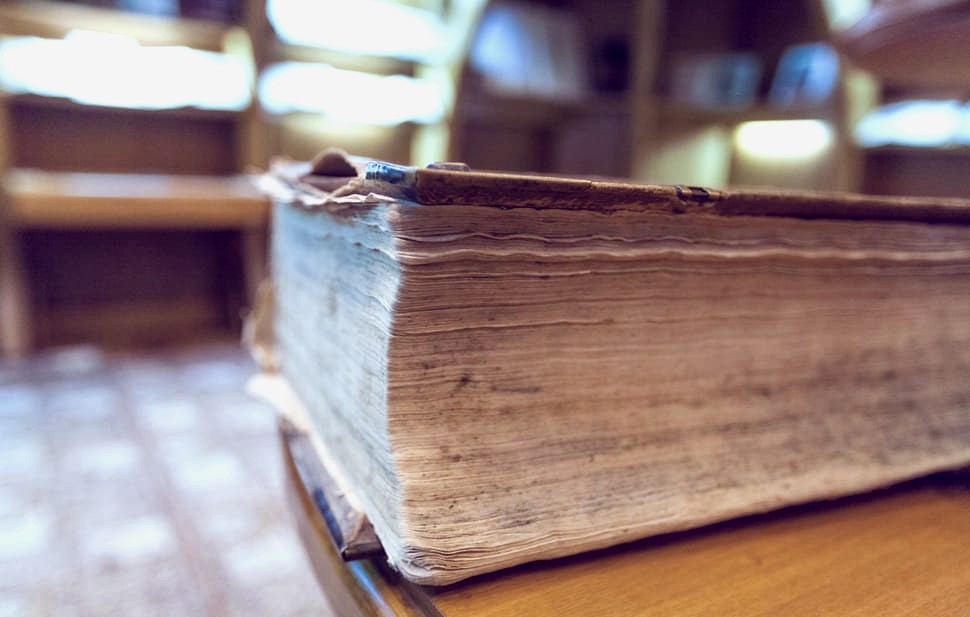The 28 mūla āgamas are the root text of the Śaivasiddhānta tradition. Much of the Hindu temple traditions be it temple rituals, festivals and architecture are derived from this vast Āgamic corpus. These revealed texts, sometimes also compared with the Vedas in terms of its antiquity and philosophical importance, are still largely inaccessible because much of it is still preserved in old manuscripts copied in Grantha characters. The French Institute at Pondicherry has been working for more than fifty years on collecting these manuscripts from various libraries and certain scholarly families, preparing a critical edition of these texts and publishing it along with a detailed introduction and summary.
So far, 4 of the 28 root (Mūla) Āgamas have been critically edited, and out of them, only one has been translated into English. This means that there is still major work that needs to be done to critically edit and translate the entire Mūlāgamas. This is a vast undertaking as there is a large number of manuscripts to be typed, collated, edited, translated and then published.
The Centre, since its establishment last year, has already started the work of a critical edition of the Kāmika Āgama. But now we want to increase the scope of our ambition. As one of the flagship projects of the Centre for Shaiva Studies, we have decided to critically edit all the remaining Āgamas and publish them along with English and Tamil translations. Typing the text and collating the manuscripts to prepare the critical edition involves careful reading of the palm-leaf manuscripts. This is an extremely laborious and time-consuming task as the majority of the palm-leaf manuscripts are copied 150- 200 years ago by many scribes with different handwritings.
The Centre has a trained staff of 4 research assistants exclusively devoted to typing, reading and collating the vast manuscripts material, while Dr Ganesan, the Academic Director of CSS, will play a lead role in deciding the final reading of the text. The size of the research team can be increased based on the need of the project as well as the availability of trained research scholars. Further, the translation of these texts will be undertaken by scholars within CSS and selected scholars from the wider academic community.
Given the resources at the Centre, it is ideally placed to undertake this enormous task, as it is clear that in the foreseeable future, no individual scholar or any group will be able to undertake a project of this magnitude. The Mūlāgamas thus critically edited and translated will be “the final text” for the many future generations. The project duration will be between 8-10 years during which the Centre plans to publish the critically edited Sanskrit texts of the entire Śaiva mūlāgama corpus. To achieve this task, the Centre will maintain a consistent publication schedule every year, the first edition being planned is Vijayadaśamī 2023.




